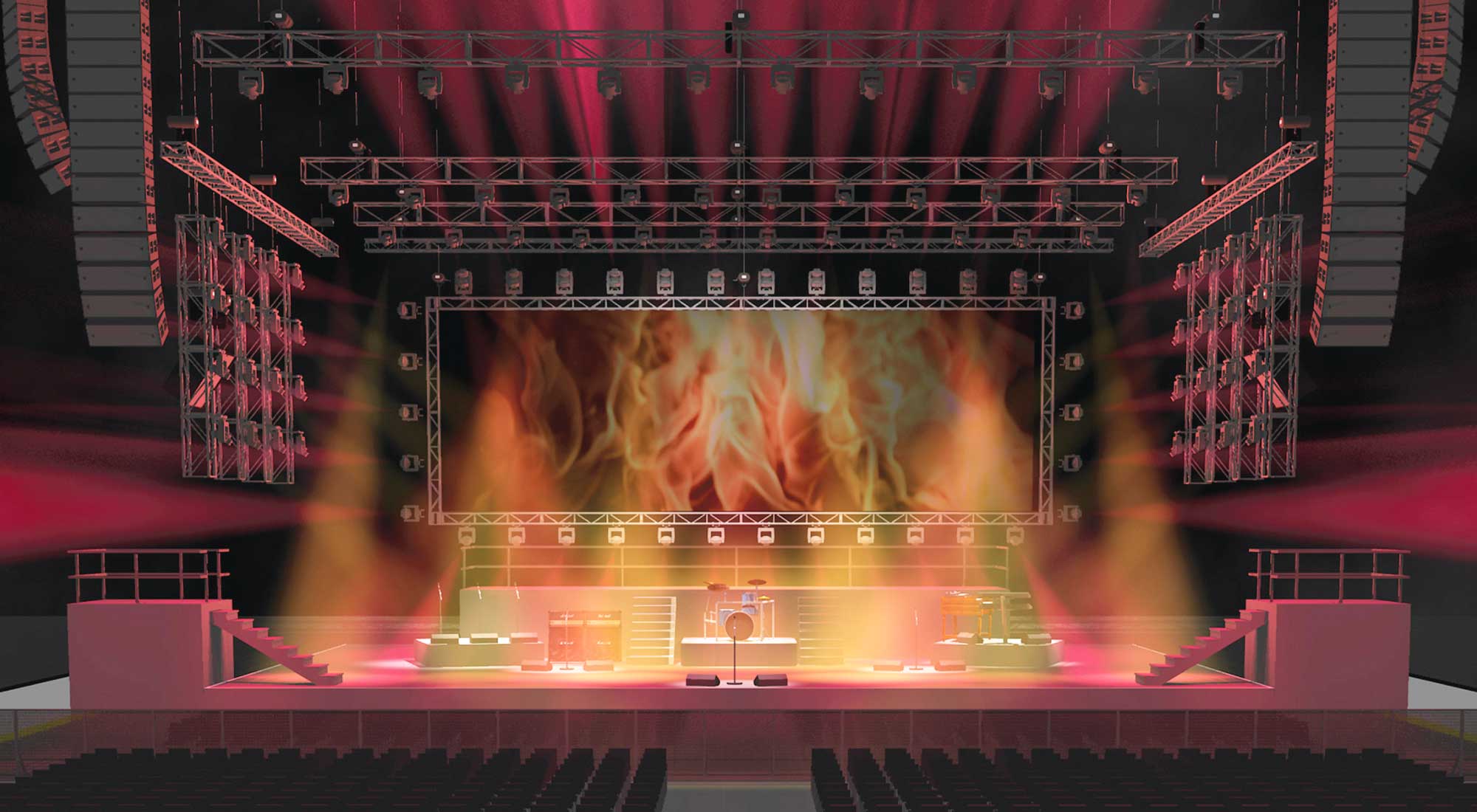

The cookie is used to store the user consent for the cookies in the category "Analytics". This cookie is set by GDPR Cookie Consent plugin. These cookies ensure basic functionalities and security features of the website, anonymously. Necessary cookies are absolutely essential for the website to function properly. It is a nifty software that has gotten us to help others out.īe sure to check out these other links for more information.
Fixture Builder: Create your own fixtures and control through the internal console or direct Art-Net input in real-time or 3D world.Īs you get along and become familiar with other 3D software, we hope that you keep in mind Realizzer for your future projects. Library: Over 3000 lighting fixtures and models at hand. Video Rendering: Create high quality realistic videos to show off your designs. Import 3D Models: Imports 3D formatted models you may have created on your own on other software. Video Screens & Projections: Produces videos on walls with a video file that can be triggered manually, through DMX, or real-time video input. Displays physical effects like fog density, scanner inertia, or diodes. Realistic Lasers: Program and view laser shows in real-time. Lighting Simulation: Simulates lighting characteristics such as pan/tilt, gobos, colors, color mixes, zoom, prisms and much more. Realizzer is a real-time 3D lighting visualizer and is available in four different editions all coming with different features: Basic, Professional, Ultimate, and Studio. But we may have found one particular piece of software that meets all of your needs. So, maybe you have been wondering what software is right for you, and there are a lot out there. And with rendering comes the ability to convert a model into an image ergo, you have a scene. This object can be placed in the layout and animation process that make up your scene. With modeling, you can form the shape of an object. With this you can have aerial or a 360 degree view of your performances. These features give you a great view of your design as a whole. Most 3D visualization software comes with modeling, layout and animation, and rendering features. Think of it like this, two dimensional images have a one sided view of things and three dimensional images can be viewed from different perspectives. So, what makes an image a 3D representation? Well, while 2D has height and width, three dimensional figures also have depth. We were born in a world where three dimensional figures are taking over(In a non-literal sense, of course). Two dimensional simulations are mainly used for symmetrical solutions, but to get a whole viewing of your lighting system design it is best to use a 3D software. 
There are many applications that can do this in two dimensional or three dimensional figures. There may have been times where you would like to visualize your lighting environment before attempting to realize it. In this post we will be going over the current application of 3D simulations in light designing environments.






 0 kommentar(er)
0 kommentar(er)
